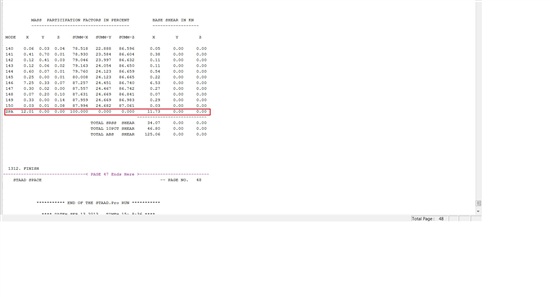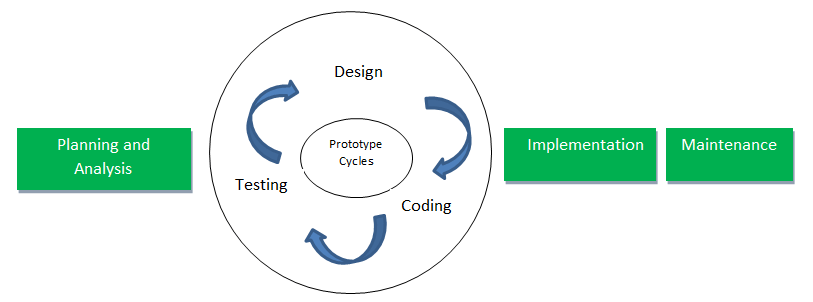Why should politics get to have all the fun with chats? In preparation for the World Series, which starts Tuesday, we summoned the biggest baseball obsessives on FiveThirtyEight’s staff to Slack to talk about the New York Mets and Kansas City Royals. As usual, the transcript below has been lightly edited.
neil_paine (Neil Paine, senior sportswriter): After the long season, it all comes down to the Royals and the Mets. So, first things first, let’s just put it out there: How do these two teams compare? Kansas City had a better regular-season record (95 wins vs. 90 for New York), but what do the deeper indicators say?
hjenten (Harry Enten, senior political writer and huge baseball fan): Well, let me take the surface-layer answer here as a non-sportswriter (though one who follows some of the deeper statistics) — based off runs scored and allowed (i.e., the Pythagorean win formula), the teams are very close. The Royals should have won 90 games, while the Mets should have won 89 games.
rob (Rob Arthur, baseball columnist): I would echo Harry and say that the teams are quite even. BaseRuns gives the Mets a small but significant edge, but the Royals relief corps plays up in the postseason, when they can use their top three relievers more.
hjenten: I think that, of course, ignores the fact that the Mets were a far different team after they traded for Yoenis Cespedes in late July. The Mets went a combined .627 in August, September and October, while the Royals went .567.
neil_paine: Rob, to your point, it seems like the Royals used “sequencing” to their advantage, but there may be reason to think that at least some of that is real and can persist in the World Series?
rob: The Royals are a very contact-oriented team, with the lowest strikeout percentage in the majors by a large margin. They are also excellent against high-velocity fastballs, which pitchers often go to when they are in a jam. Those attributes may give them a tiny edge in terms of sequencing, but there’s no question that they’ve been overachieving as well.
neil_paine: And for what it’s worth, it should probably be mentioned that the Royals played a tougher schedule (certainly during the regular season); Baseball-Reference.com’s Simple Rating System has the Royals ranked 10th in baseball in strength of schedule and the Mets 29th, which probably feeds into the difference in their Elo ratings even now:
| RANK | TEAM | LEAGUE | LAST PLAYED | ELO RATING |
|---|---|---|---|---|
| 1 | Toronto Blue Jays | AL | Oct. 23 | 1565 |
| 2 | Kansas City Royals | AL | Oct. 23 | 1558 |
| 3 | Pittsburgh Pirates | NL | Oct. 7 | 1554 |
| 4 | New York Mets | NL | Oct. 21 | 1546 |
| 5 | Chicago Cubs | NL | Oct. 21 | 1546 |
| 6 | St. Louis Cardinals | NL | Oct. 13 | 1542 |
| 7 | Los Angeles Dodgers | NL | Oct. 15 | 1530 |
| 8 | Cleveland Indians | AL | Oct. 4 | 1523 |
| 9 | Texas Rangers | AL | Oct. 14 | 1523 |
| 10 | Houston Astros | AL | Oct. 14 | 1520 |
| 11 | Baltimore Orioles | AL | Oct. 4 | 1517 |
| 12 | San Francisco Giants | NL | Oct. 4 | 1516 |
| 13 | New York Yankees | AL | Oct. 6 | 1516 |
| 14 | Los Angeles Angels of Anaheim | AL | Oct. 4 | 1511 |
| 15 | Washington Nationals | NL | Oct. 4 | 1509 |
| 16 | Boston Red Sox | AL | Oct. 4 | 1509 |
| 17 | Tampa Bay Rays | AL | Oct. 4 | 1502 |
| 18 | Minnesota Twins | AL | Oct. 4 | 1500 |
| 19 | Arizona Diamondbacks | NL | Oct. 4 | 1487 |
| 20 | Seattle Mariners | AL | Oct. 4 | 1487 |
| 21 | Chicago White Sox | AL | Oct. 4 | 1478 |
| 22 | Detroit Tigers | AL | Oct. 4 | 1466 |
| 23 | Oakland Athletics | AL | Oct. 4 | 1465 |
| 24 | Miami Marlins | NL | Oct. 4 | 1463 |
| 25 | Milwaukee Brewers | NL | Oct. 4 | 1463 |
| 26 | San Diego Padres | NL | Oct. 4 | 1457 |
| 27 | Colorado Rockies | NL | Oct. 4 | 1450 |
| 28 | Philadelphia Phillies | NL | Oct. 4 | 1437 |
| 29 | Cincinnati Reds | NL | Oct. 4 | 1436 |
| 30 | Atlanta Braves | NL | Oct. 4 | 1424 |
hjenten: Of course, the Mets just beat the team that had the NL’s best Elo rating going into the league championship series, the Cubs …
neil_paine: That’s true — Elo gave the Cubs about a 60 percent chance of winning that series, and the Mets won (swept!!) anyway; now Elo gives KC a 55 percent chance of beating New York, so grain of salt and all that.
Harry, you brought up a difference in the two teams as the season went on. Obviously the Mets added Cespedes at the trade deadline, but the Royals also did some dealing — some of which has worked out better than others.
rob: The Royals grabbed Johnny Cueto and Ben Zobrist at the deadline. And while Zobrist has been his typical self — with a .933 postseason OPS (on-base plus slugging) — Cueto has not looked comfortable. It’s hard to tell how much of that is normal performance fluctuation and how much is real. There are reasons that Cueto might not be at his best: a new catcher in Salvador Perez, the fatigue of a long season and many innings, and the ever-present threat of a hidden injury.
hjenten: Yes, and the Royals were actually slightly worse in the final few months of the year than they were overall. The Mets, on the other hand, were clearly better after those trades.
neil_paine: How much of that do we think is because the Royals all but locked up the division and the playoffs so early? And maybe more to that point, how much credence do we give to playing your best baseball right now? Certainly that’s what the Mets seem to be doing.
rob: I don’t put very much stock in the second-half stats, partially because the Mets put up those stats against the weakest second-half schedule in MLB. As for the more recent postseason performance, a lot of the Mets’ playoff run has been fueled by an insane stretch from Daniel Murphy, which likely will not continue.
It’s also worth noting that Cespedes is injured, so if he’s the cause of their second-half surge, the Mets may be in trouble.
hjenten: Well, here’s why I would put a little more trust in the late-season records. Yes, the Mets beat up on some crummy teams, but they also went 7-2 against the Nationals from July 31 on and more than whacked the ever-loving snuff out of some of those bad teams. They scored 320 runs and gave up 243 (a 103-win pace, according to Pythagoras); meanwhile, the Royals scored 290 and gave up 269 (an 87-win pace). In other words, NY was playing far better ball than KC over the season’s final two-plus months.
And it’s not like Kansas City has dominated the postseason, either. If not for a miracle against Houston, they’d be sitting at home like we are. As for Cespedes — yeah, he got hurt in that final game, but I haven’t seen any signs that he’s not going to play. We’ll see.
neil_paine: Since you guys mentioned Cueto, Murphy and Cespedes, let’s talk about the Mets’ hitting against the Royals’ pitching. I think we can all agree that Murphy will eventually cool down and stop hitting like a real-life Roy Hobbs, so where will the Mets’ offense come from when that happens? Do they have any players on cold streaks that might regress to the mean (in a positive way) and cover for Murphy?
rob: One reason for Mets optimism is the fact that so many of their players have been underachieving in the postseason: David Wright, Lucas Duda and Travis d’Arnaud all spring to mind. So even if (when!) Murphy cools off, one of these guys might step it up. They have an OK offense by BaseRuns, so they shouldn’t need Murphy to be superhuman forever.
hjenten: I think we’re obviously dealing with small sample sizes in the playoffs, but during the regular season, the Mets’ best hitter was not Daniel Murphy. D’Arnaud (who hit two homers in the NLCS) posted a 128 OPS+ in limited action, and Mike Conforto (who homered in the division series) had a 132 OPS+. Obviously Duda (132) and Cespedes (157) were also outstanding hitters. Duda had been in a slump, but he showed some signs of life in Game 4. To me, the offense is less of a question than whether Jacob deGrom, Thor and Matt Harvey can continue to pitch as well as they have been doing.
neil_paine: We’ll certainly get to those three later, but before we do: Is KC’s rotation as concerning as it might seem? Can its dominating bullpen make up for it?
rob: The Royals’ rotation is worrisome, especially with Cueto potentially being in trouble. But as you mentioned, Neil, the Royals have the tools to make up for their shaky starters: an incredible defense (best in MLB last year by a HUGE margin) and a top-notch group of relievers. Here, too, the Royals may be able to take advantage of sequencing, by putting their good relievers in at the moments when the lead is most threatened. (This relies on Ned Yost knowing when to put his best relievers in, but he’s been much improved in that regard of late — Game 6 of the ALCS aside.)
I think it will come down to whether the Mets can chase the Royals starters early and expose the weaker members of the bullpen. Because once it gets to their best relievers in the late innings, the Royals become very hard to beat.
hjenten: And the Mets bullpen, outside of Jeurys Familia, is quite troubling. Their eighth-inning man, Tyler Clippard, has been anything but steady, giving up three runs in 4 2/3 innings this postseason. (That’s after giving up 10 runs in 14 2/3 innings in September/October.) And their lefty specialist is Jon Niese, who was rubbish as a starter. I’d say their best pitcher out of the pen at this point (besides Familia) is Bartolo Colon. That’s never a good sign.
rob: Don’t underestimate Fireman Bart!
neil_paine: But we’d be remiss if we didn’t also point out that the Mets’ starting rotation of deGrom, Syndergaard, Harvey (you mentioned these guys earlier, Harry) and Steven Matz have been otherworldly in the postseason so far. I crunched the numbers, and New York is allowing the second-lowest playoff FIP (fielding independent pitching) — relative to the league average — of any pennant winner during the wild-card era (since 1995).
Rob, you talked about the overwhelming velocity of New York’s starters when the Mets played the Cubs in the NLCS and how the strikeout-prone Cubs might have been particularly ill-equipped to deal with their heat. But now we almost have the polar opposite kind of lineup with the Royals.
rob: Right, the Royals are contact-heavy. And there’s some limited evidence that they are better than average at hitting heat. So as far as the matchup between the Mets’ starters and KC’s lineup, this looks to be strength against strength, and it’s not at all clear how that battle will end up.
It’s worth noting as well that temperature plays a significant role in offense, and it should be pretty chilly.
hjenten: On the weather front: Going for a low of 49 in KC on Tuesday night, 40 on Wednesday night. 42 in NYC on Friday night. 45 on Saturday night. So it will not be warm.
rob: Cold temperatures mean less offense, so when you mix the cold, high velocity and the quality Mets starters, we could see the Royals doing a lot more whiffing than they are used to.
hjenten: The Mets’ great starting pitching is not a fluke, either. During the regular season, deGrom had a 2.70 FIP, Harvey 3.05, Syndergaard 3.25. Matz was the worst, with 3.61 in limited time — still 7 percent better than the NL average. That stands in contrast to the Royals’ starters (during their time with KC): Only Ventura (3.57 FIP) was better than any of the Mets starters were during the regular season.
neil_paine: Through that lens, it looks like a pretty big mismatch of starting rotations.
hjenten: Now, can the Royals, who hit for contact, avoid that? Maybe. As you mentioned, the home-run-hitting Cubs were the opposite of the Royals in that regard. The key for the Royals is to get into that Mets bullpen early. If they can, the Mets are in trouble.
rob: And bear in mind that FIP won’t be totally fair to the Royals’ pitchers. Because their pitchers aren’t fielding-independent: Every liner they give up goes toward Lorenzo Cain or Alcides Escobar or some other, similar-competent defender.
neil_paine: That’s a great point, Rob. Although relative to the league, the Royals in this postseason actually look worse by ERA than by FIP!
hjenten: Here’s another thing. Compared with the regular-season numbers for deGrom (2.54 ERA), Harvey (2.71), Syndergaard (3.24) and Matz (2.27), the only Royals starter with a better ERA than any of them was Chris Young, at 3.06. No one else was under 3.50. (And it isn’t as though the average ERAs for the AL and NL were drastically different — the NL’s ERA was about a tenth of a run lower.)
rob: Ha — well there goes that idea.
neil_paine: We mentioned the cold and how it might not be conducive for hitting. Does this give an edge to a team like the Royals, who are pretty adept at the small-ball things that win one-run games? Or have we seen enough of that out of the Mets this postseason (even if it’s uncharacteristic, given their regular season) that it might not be as much of a lopsided matchup on the basepaths?
hjenten: The Mets didn’t really run in the regular season, with only 51 stolen bases (worst in the NL). Meanwhile, the Royals stole 104 times (second in the AL). But in the postseason, you’re right, it’s different: The Mets have had nine steals, while the Royals have had seven. Cespedes can run, and Granderson can definitely run (three stolen bases in the NLCS).
rob: In theory, the Mets have the baserunning edge anyway. That’s hard to believe when you look at specific players like Lorenzo Cain (who scored the series-winning run from first on a single in Game 6 of the ALCS), but bear in mind that Cain is counterbalanced to some extent by Kendrys Morales, Mike Moustakas and others.
neil_paine: So it sounds like that won’t be as much of an edge for KC as it’s often made out to be.
rob: Yep. I think a lot will hinge on the Royals’ appetite for (and execution of) those small-ball tactics (like sacrifice bunts) that are despised by modern sabermetrics. It works for them — or at least it has worked, over and over — but the percentages suggest that it isn’t helping them in the long run. We’ll have to see whether Kansas City’s magic runs out.
hjenten: And all it takes is one play in the World Series.
neil_paine: OK, so let’s bring it all the way back for the big picture on the Series itself. What are your predictions?
rob: I will say Royals in seven, but let’s be realistic: A 55 percent favorite (as Elo estimates) is barely a favorite at all. The outcome is almost certainly within the margin of error of any publicly available forecasting tool.
So it will not surprise me whichever way this goes. And after this postseason, I am just excited to see some more weird baseball.
hjenten: I also want to say the Royals in seven. But to be different, I will say Mets in five.
neil_paine: OK, you heard it here first — Royals in seven … maybe.
Thanks for chatting, guys, and we’ll be back later in the World Series. See you then!










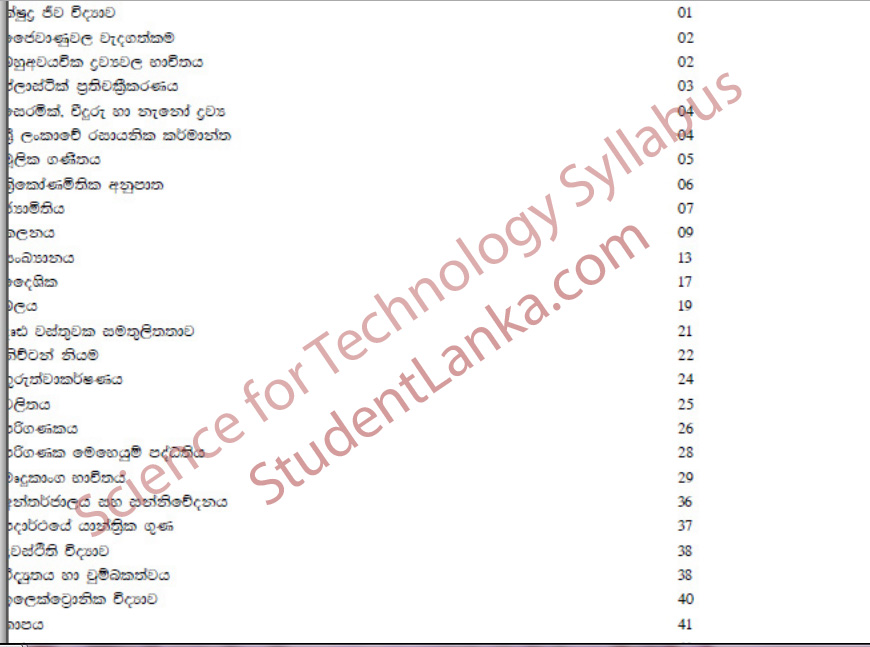


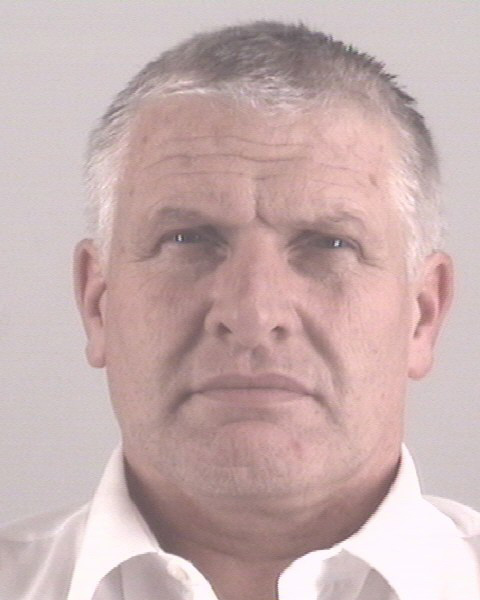



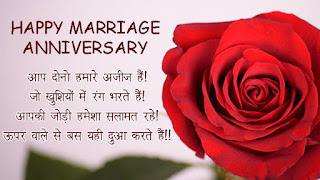

![[PCソフト] Windows 10 Enterprise Version 1607 (Updates Jul 2016)](http://i.imgur.com/vJg3vh9.jpg)
